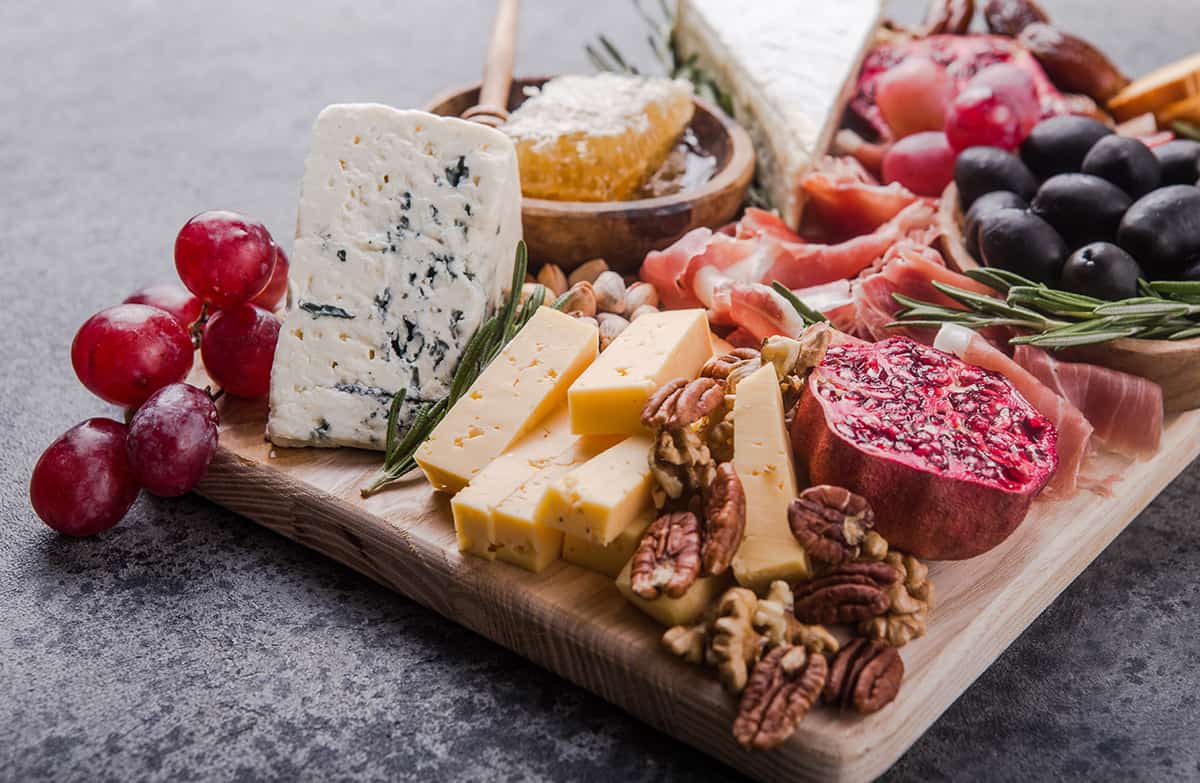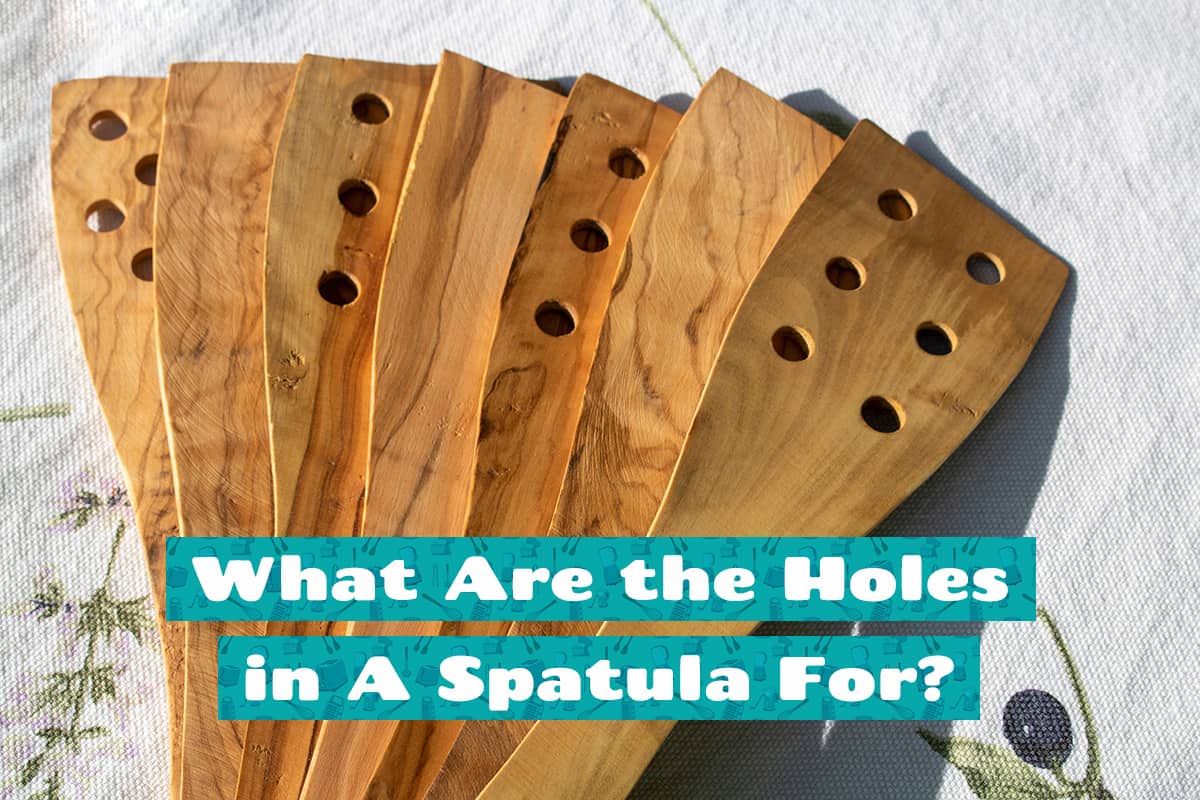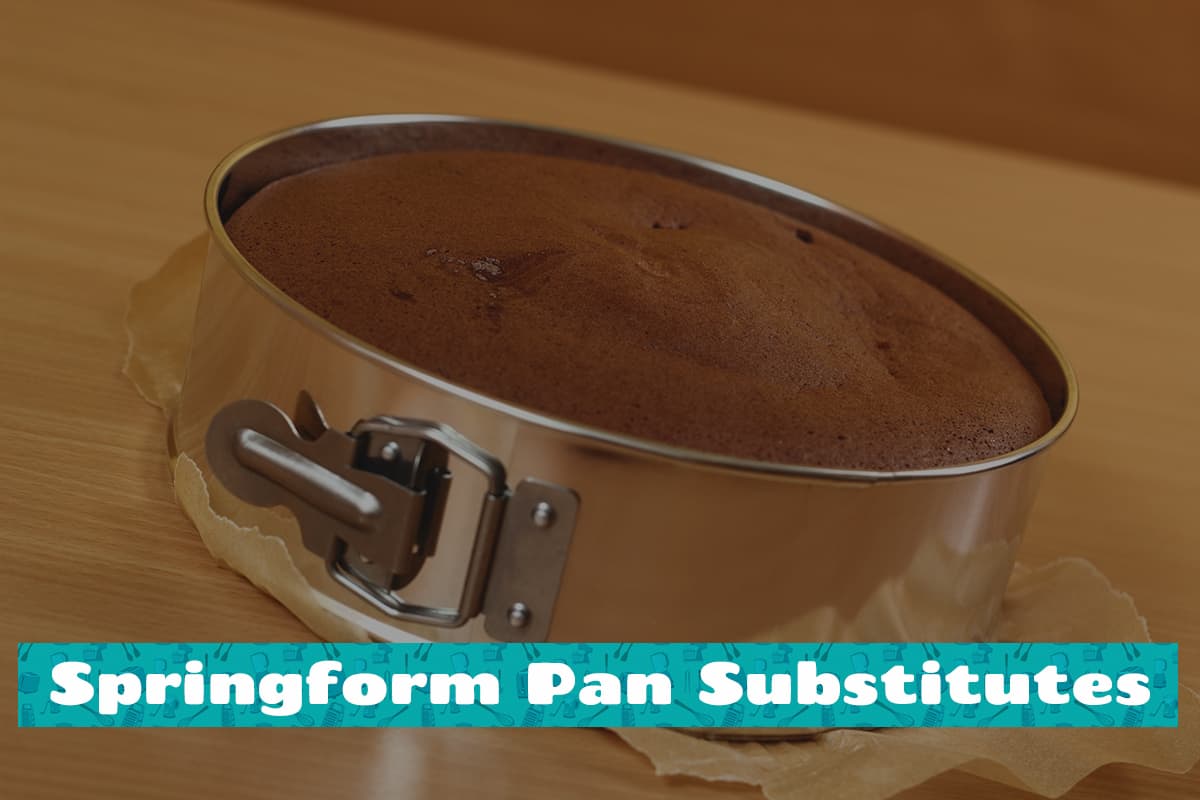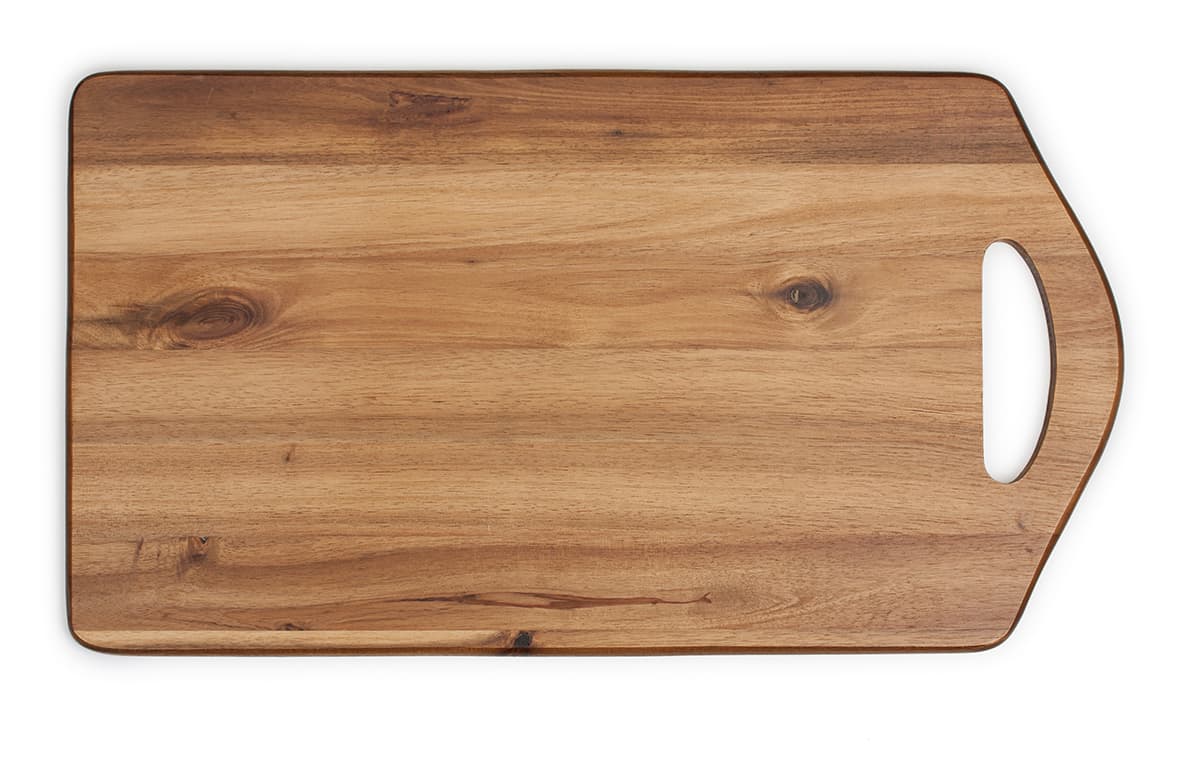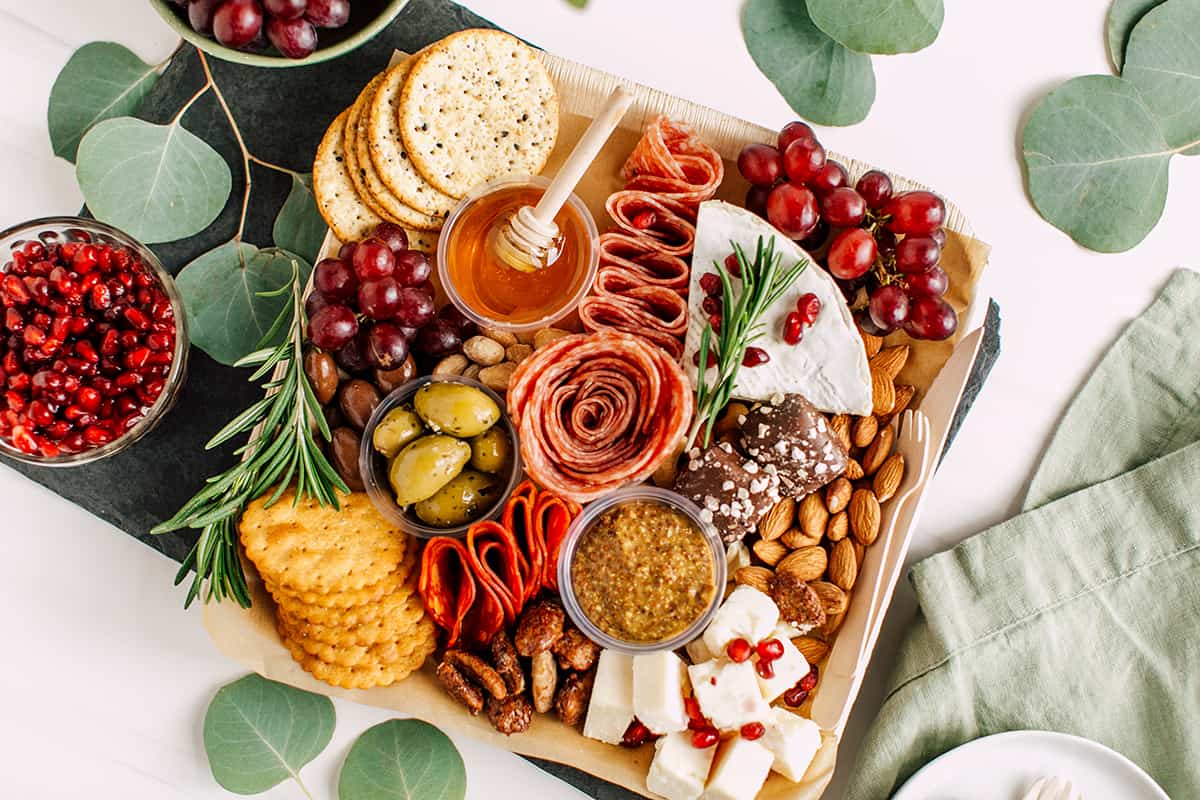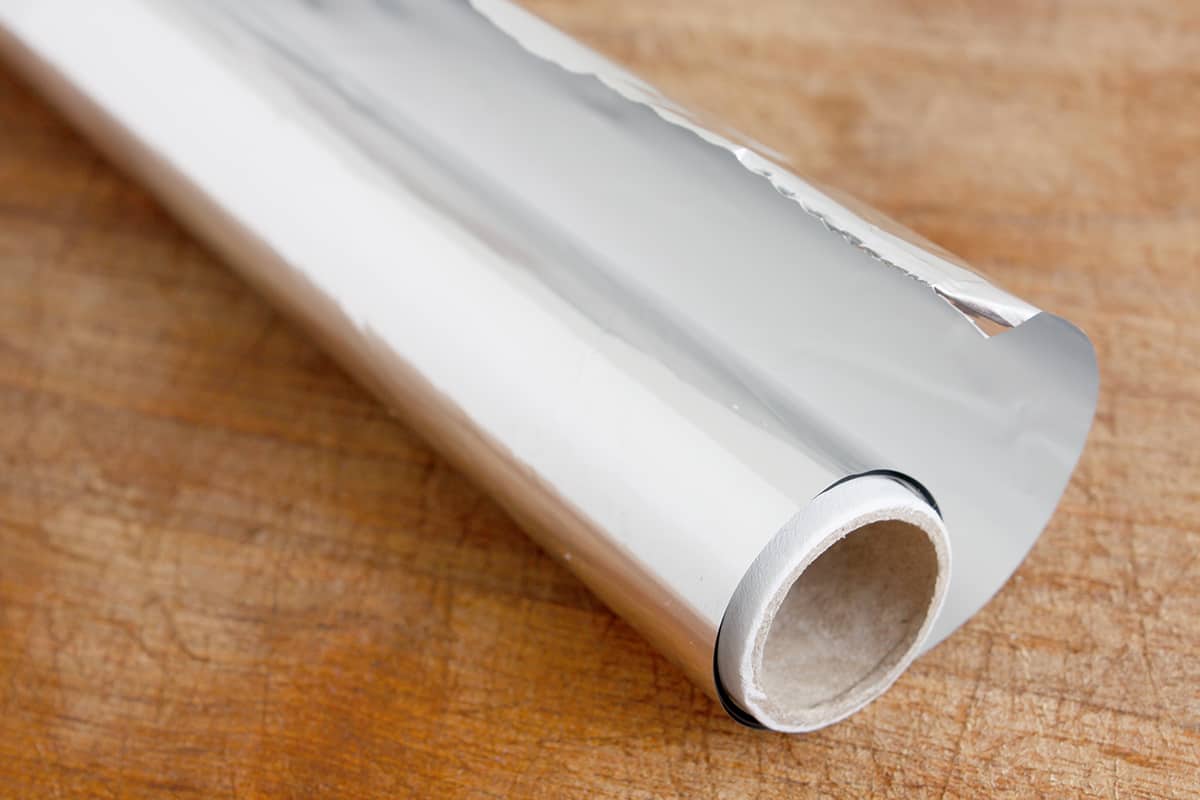Cheese boards are always a hit at a dinner party or a more informal gathering. They add a touch of sophistication and are popular because they present a wide selection of cheeses to suit various tastes, so everyone is likely to find something that appeals to them.
You can add various accompaniments to cheese boards to make the platter more interesting, such as fruit, jams and chutneys, and crackers or bread.
But before you can get into the finer details of planning what to put on your cheese board, you’ll need to select the board itself.
Here we look at the various types of cheese boards available and what you should be looking for in a cheese board.
Here is a straightforward answer if you need one.
A cheese board size typically range from 8 to 20 inches in length. For a small-sized family or to server only yourself, the size of the cheese board should be less than 12 inches long. For medium-sized gatherings, such as a dinner party for 8 people, around 15 inches in length of the cheeseboard is required. For large gathering of guests, the cheese board size needs to be 20 inches in length.
Cheeseboard Sizes
When buying a new cheese board, there is a lot to consider. The most important aspect is the size of the cheese board because it needs to hold an adequate amount of cheese to feed your guests, but it shouldn’t be so big that you have to buy an excessive amount of cheese to fill it and end up with lots of wastage. Other considerations include the shape of the cheese board and the material it is made from.
Cheese boards range in size, from around 8 inches wide to upwards of 20 inches wide. If you are buying a cheese board to serve cheese at home for yourself or a small-sized family, then a cheese board smaller than 12 inches long will be plenty big enough. This will give you the space to arrange a wide selection of cheeses while still not being so big that you have lots of vacant space on the board.
A large board with only a few pieces of cheese on it can look sad and underwhelming, so if you predominantly use a cheese board for a small number of people, then don’t be tempted to buy a larger size as you won’t have the need to fill it.
For medium-sized gatherings, such as a dinner party for 8 people, a medium-sized cheese board of around 15 inches in length will be required.
A cheese board for a dinner party or large gathering of guests will need to be much bigger, with a length of around 20 inches. This will allow you to offer a wide selection of cheeses to your guests and get creative with your presentation.
The length of your cheese board is not the only dimension to consider; you’ll also want to ensure your cheese board is a suitable depth. The right depth for a cheese board will vary depending on the material it is made from.
Wooden cheese boards should be around two inches thick at a minimum, especially if they will also be used for cutting cheese on. This will ensure the cheese board is sturdy enough to handle chopping. Marble cheese boards should be thinner, at a maximum of one inch, because this is a heavy material that can be too weighty if the board is very thick, making it cumbersome to carry and use.
Other Considerations
Material
Cheese boards come in four main materials; wood, marble, slate, and bamboo. These are all great choices for a cheese board, but they offer different properties that might make them more or less appealing to some users.
Wood
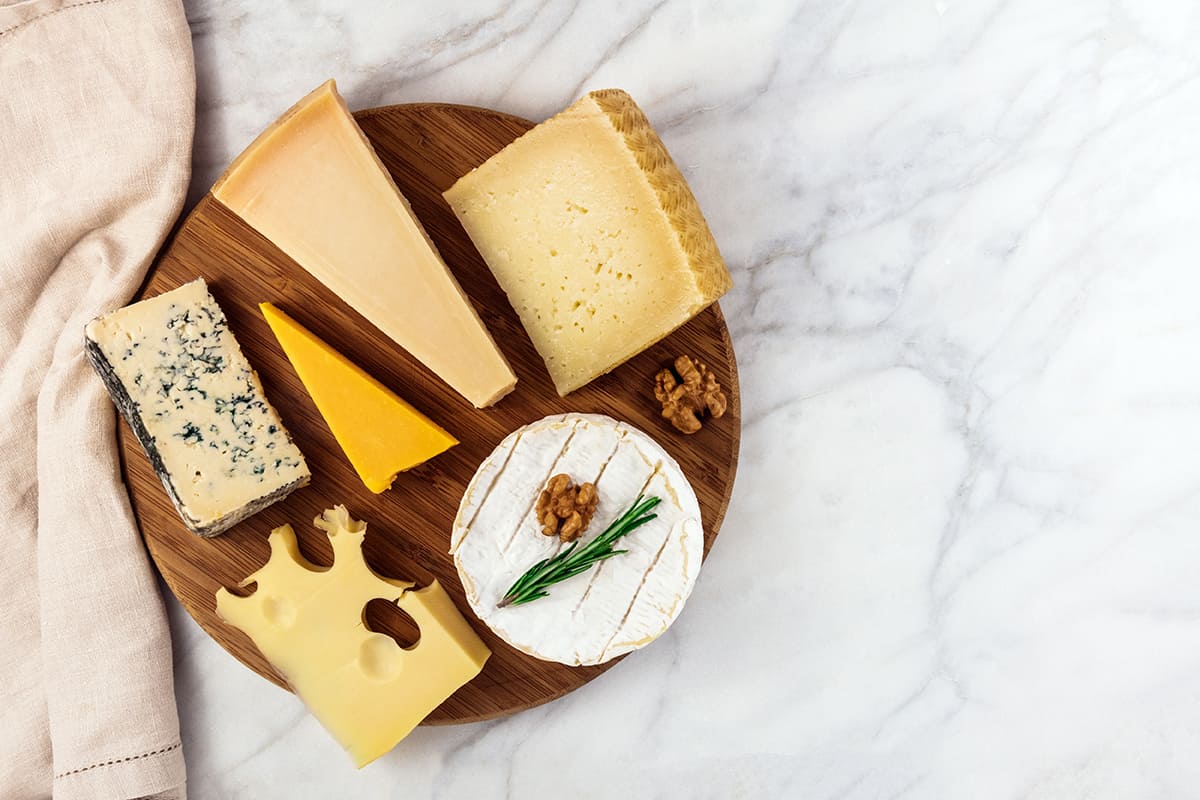
Wood is the most common choice of material for cheese boards. Wood has a traditional and rustic look that works well in many interior styles.
It has a warm appearance that makes it visually appealing. Wood is generally an inexpensive material, so it’s a good option if you’re looking for a cheese board on a set budget. This material is easy to wipe clean, but you should avoid putting it in the dishwasher because the wood will warp and split over time.
If you plan to do a lot of chopping on your cheese board, then wood is a good option because it won’t dull your knives. If you are going to go for a wooden cheese board, then choose your type of wood carefully because some are more porous than others.
Non-porous woods will be best because they won’t take on the colors, smells, or tastes of foods easily. Some non-porous woods that make excellent cheese boards are birch, teak, hard maple, and American cherry. Avoid porous woods such as pine, oak, walnut, and cedar.
Bamboo
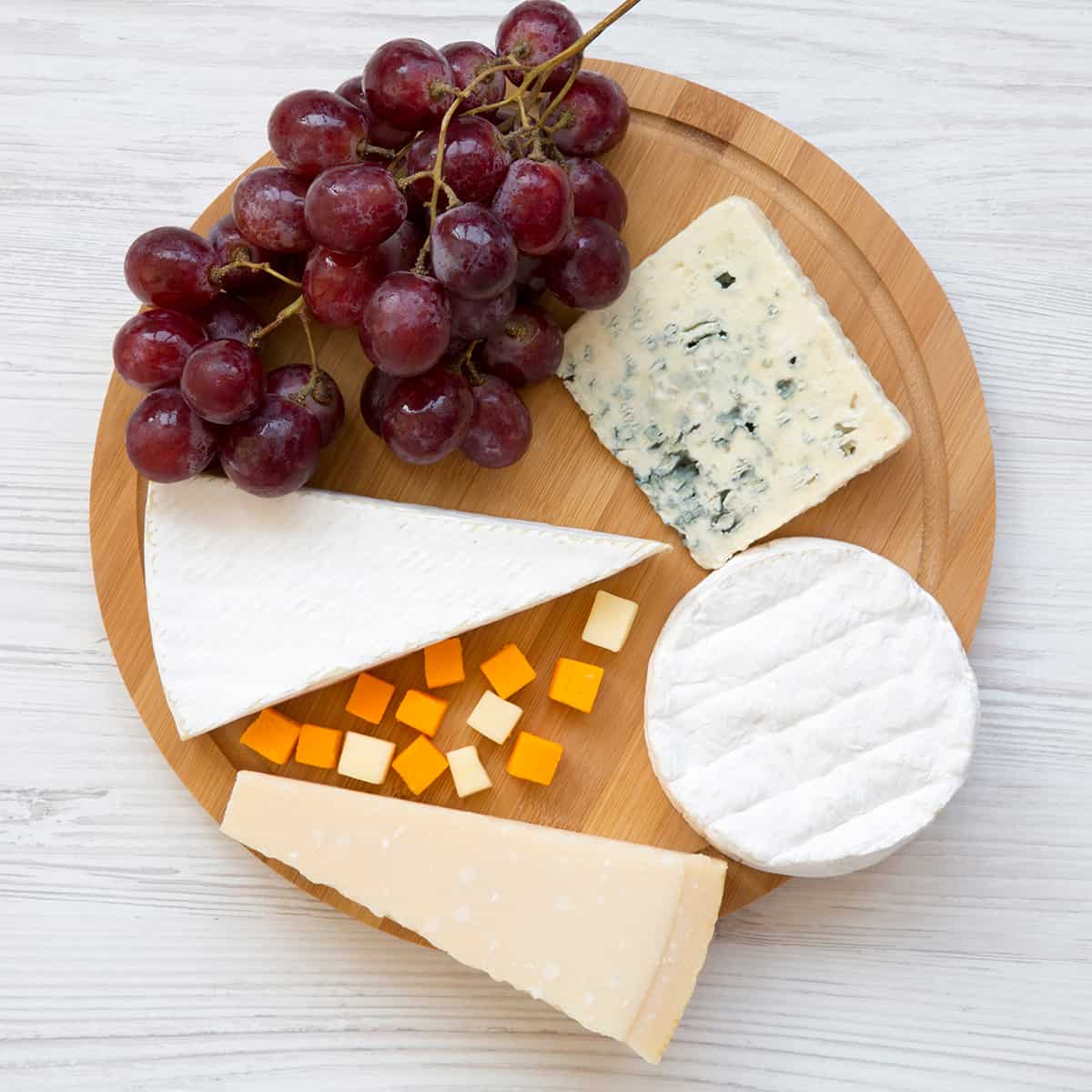
Bamboo is a material that is often mistaken for wood, but actually, it is a fast-growing grass. The way that bamboo is able to grow so quickly makes it a very sustainable material, so it is a popular option for those who are trying to make more eco-friendly purchases.
Bamboo is slightly porous, but it is more sturdy than wood, so it presents a hard, long-lasting solution for a cheese board. Another reason to choose bamboo as the material for your cheese board is that it has naturally occurring antimicrobial properties that help to keep your food germ-free.
Marble
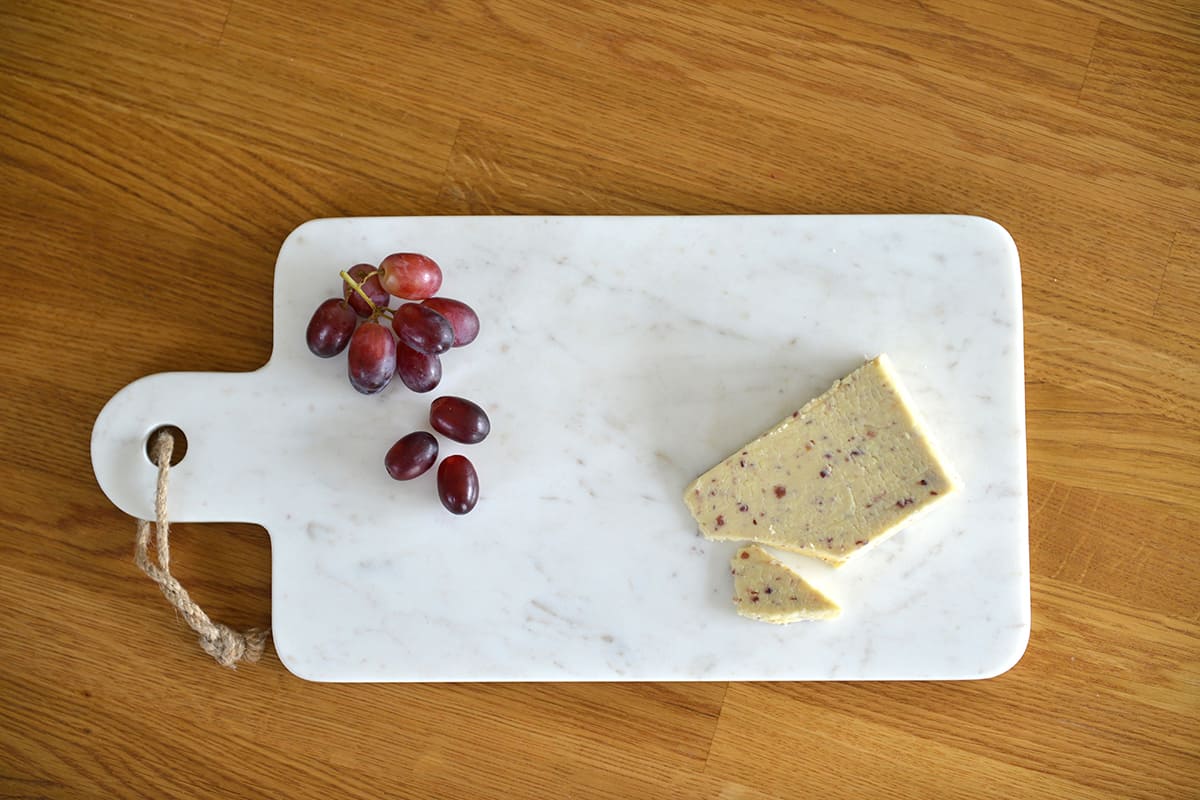
Marble is a classy and elegant choice of material for a cheese board if you are trying to impress your guests.
It is a durable material that is easy to keep clean, and it is very pleasing to look at. From a functional point of view, marble is a great choice for presenting cheeses because it is able to absorb the heat from the cheese so that they remain cool.
This will help to prevent the cheeses from sweating and keep them at their most palatable temperature for guests to enjoy. This is an important feature of a cheese board, as they can often be left out for guests to pick at for several hours.
The downside of marble is that it will dull the blades of your knives, so try to avoid cutting cheese on this type of cheese board.
Slate
Slate most commonly comes in a dark gray-black color, and it is very stylish for both rustic and modern interior styles. Slate is a non-porous material that means it won’t absorb flavors or colors from foods, and it does not react to acidic foods. There are some issues with slate, however.
One problem is that slate scratches easily, so you will need to avoid cutting on your cheese board to keep it looking good. Another issue is that slate has a habit of chipping or cracking, so you will need to take good care of your cheese board so that it lasts a reasonable amount of time.
Shape
Cheese boards come in various shapes, and this element of a cheese board is less about practicality and more about style. So long as your cheese board is a suitable size, then the shape of it won’t make much functional difference.
Therefore, choosing the shape of your cheese board really comes down to personal preference and the shape that works best with your style. Most commonly, cheese boards are rectangular, though you can also easily find round or square cheese boards for sale.
Less common are novelty-shaped cheese boards, which can bring an element of fun and playfulness to a party. Some novelty cheese boards include those shaped like mice, as wine bottles, as US states, and as hearts.
